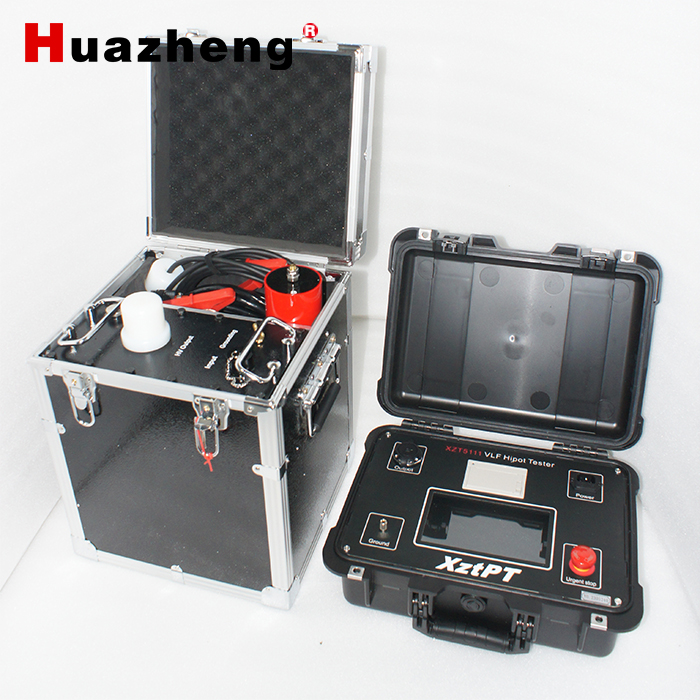English




1. Insulation performance testing of power equipment
Application objects: High voltage power cables, transformers, GIS (gas insulated switchgear), power capacitors, lightning arresters, etc.
Scenario description:
Used to detect the withstand voltage strength and partial discharge characteristics of the main insulation of power equipment, replacing traditional power frequency withstand voltage tests, especially suitable for insulation defect diagnosis of long-distance cables (such as 10kV~500kV).
By applying AC high voltage at a frequency of 0.1Hz or lower, hidden dangers such as insulation aging, moisture, and cracks can be effectively discovered, avoiding testing difficulties caused by insufficient equipment capacity or volume limitations during power frequency testing.
2. Power cable handover and preventive testing
Application objects: Medium and high voltage cross-linked polyethylene (XLPE) cables, oil immersed paper insulated cables, etc.
Scenario description:
Handover test: Before the newly laid cable is put into operation, verify whether its insulation integrity meets the standards (such as IEC 60060-3).
Periodic maintenance: Regularly test the cables in operation to assess the degree of insulation degradation and prevent sudden breakdown faults.
Fault location: In conjunction with partial discharge detection technology, accurately locate cable partial discharge points or insulation weak points.
3. Insulation test for rotating electrical machines
Application objects: Large generators, motor stator windings.
Scenario description:
Evaluate the voltage resistance of the stator winding insulation system and detect insulation degradation caused by thermal aging, mechanical vibration, or pollution.
Ultra low frequency testing can reduce electrical stress damage to motor windings and is suitable for verifying insulation performance of old equipment or repaired ones.
4. Research and equipment manufacturing field
Application objects: High voltage electrical equipment research and development laboratories, power equipment manufacturing enterprises.
Scenario description:
Research and development verification: Testing the voltage resistance performance of new insulation materials or structural designs to optimize product design.
Factory test: After the equipment is manufactured, insulation and voltage withstand tests are conducted to ensure that the factory quality meets the standards.
5. In the field of new energy
Application objects: collection line cables for wind farms and photovoltaic power stations, high-voltage connection components for energy storage systems.
Scenario description:
Detect the insulation status of high-voltage cables and equipment in new energy facilities, and verify their reliability in complex environments such as high humidity and salt spray corrosion.
6. Emergency detection in special scenarios
Application object: Important power supply lines, tunnels, or underground cables that cannot be powered off.
Scenario description:
By utilizing the miniaturization and portability of ultra-low frequency high-voltage generators, insulation testing can be quickly completed in limited spaces or short-term power outage windows, reducing operational risks.
